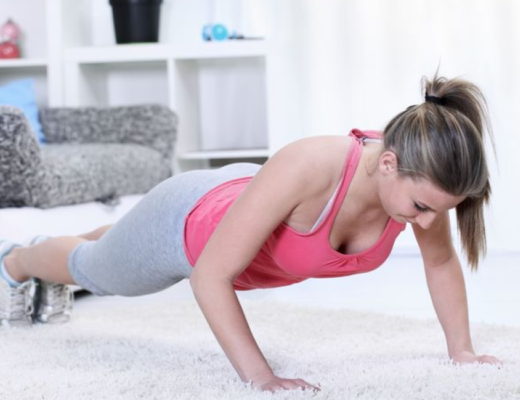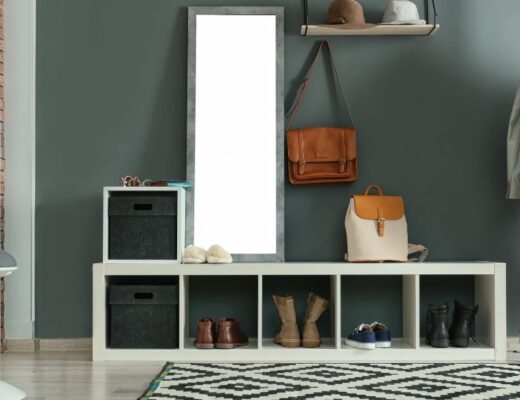Staying at home for a long period of time calls for an opportunity to take upon a new hobby. One great way to pass the time would be to develop your own attractive indoor garden. Feel free to add some leafy roommates to your own home space. Here are some tips for getting started on growing plants at home.
Select Houseplants Gradually
Grow your indoor garden slowly by selecting one or two plants at a time. You can help them succeed by becoming acquainted with each one’s needs for water, sunlight, and fertilizer.
Analyze Natural Lighting
Consider the location of windows in your home and the times of day at which they let in the most and least sunlight. Are these areas that lend themselves to tables and plant stands? Some plants, such as succulents, may prefer to be near windows for long hours of light and cooler nighttime temperatures. Other plants, including many native to jungles and rainforests, do well in shady locations where the temperature is a bit warmer at night.
Some houseplants need surfaces on which they can creep and trail, such as atop bookcases. Better Homes & Gardens offers a slideshow of low light houseplants that do well in low light, including philodendrons, pothos, and Boston ferns.
Group Plants by Water Needs
More houseplants die from too much rather than too little water. Observe plants after watering so none are left standing in a puddle. Also, group them based on thirst. For example, an aloe (weekly watering) may not be the best companion for an umbrella palm (daily watering).
Fertilize Carefully
New houseplant purchases usually have rich enough soil that fertilizing isn’t necessary for at least a month. Desert-type plants seldom need fertilizer. Aside from garden centers, the USDA county agricultural extension offices are good sources of information about how, what, and when of feeding specific plants.
Protect Furniture
From living rooms to home offices, houseplants add a welcoming ambiance. But they aren’t the only decor in your home needing tender loving care. Water can harm furniture, carpet, and wood floors, so remember to place plants on glass dishes or in plastic saucers to help them be good house guests.



